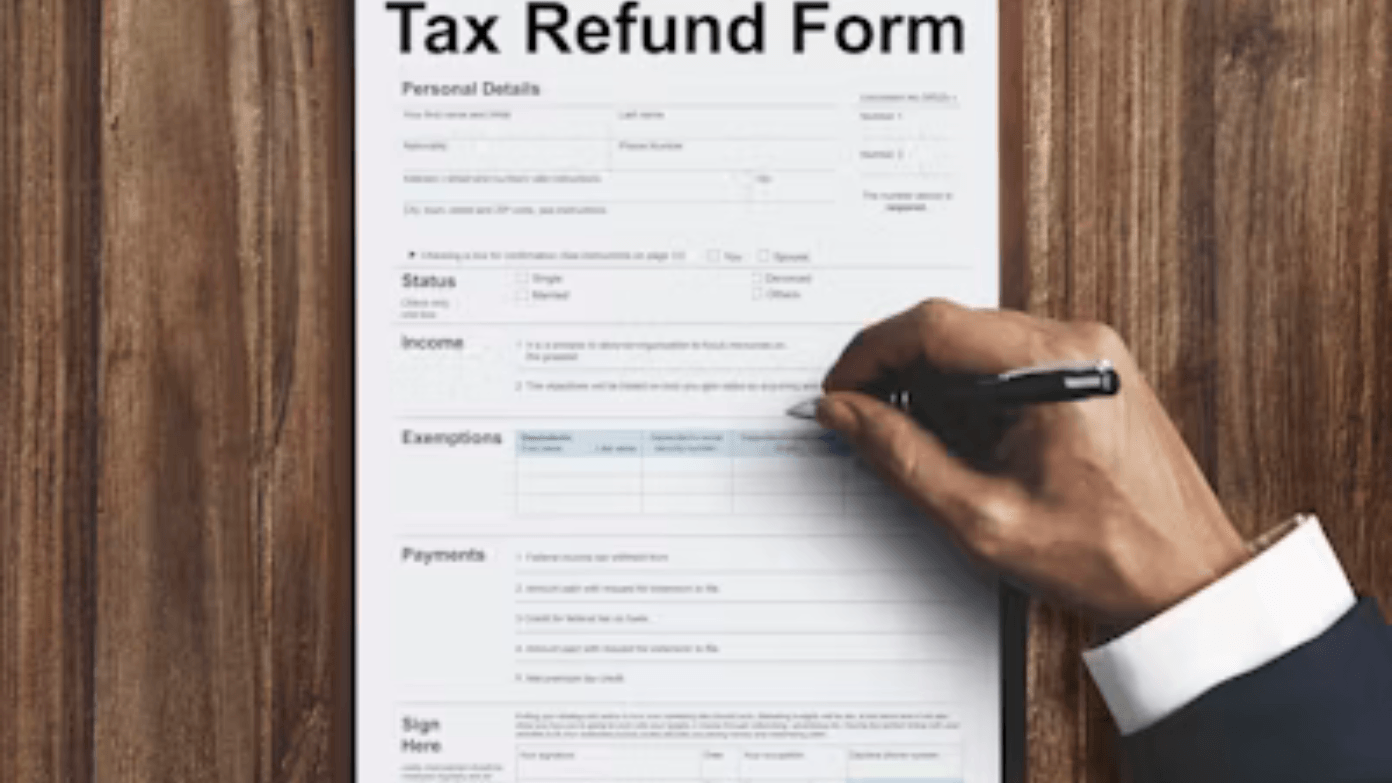The IRS clarified that there is no set date for the filing season of 2026, which will begin in mid-February. Here are some things that taxpayers ought to know.
Prediction of the IRS Commissioner for a mid-February start
At the National Association of Enrolled Agents Tax Summit held on July 28, 2025, IRS Commissioner Billy Long commented that the 2026 tax-filing season “should start around Presidents Day, which is Feb. 16 next year.” The prediction represents a significant departure from the recent past when the IRS would begin accepting returns in late January or early February. On that timeline, taxpayers would have faced a filing window reduced by some four weeks-a contraction of a third of the three-month traditional season, it is claimed.
The commissioner defined the request by IRS personnel for additional time to prepare forms and computer software to implement the new tax-law changes. He expressed a desire for the start date to be earlier but added that it was the agency that convinced him to propose such a later date.
IRS clarification and retraction
Just a few days after Long’s comments, IRS had a follow-up statement clarifying that no official start date has been determined for the 2026 season. In an internal website dated August 5, agency officials claimed that it will be issued “in the regular course” once logistically determined . Thus Long’s estimate for mid-February remains an informal prediction still pending official scheduling.
By walking back its commissioner prediction, the IRS leaves the door open for a less-late-than-normal start, potentially late January; however, this may also further consolidate the agency into a mid-February choice, depending on the readiness of the system.
Historical start dates and trends
The IRS has over the past five filing seasons behaved as follows:
- 2021: January 24
- 2022: January 24
- 2023: January 23
- 2024: January 29
- 2025: January 27
The consistency allowed tax-preparation firms and vendors to plan staff, testing, and scheduling with clients based on this timeline. A mid-February start would really shorten the time from opening e-filing to the April 15 deadline for both preparers and taxpayers alike.
Implications of taxpayers and preparers
The uncertainty surrounding the start date can interfere with tax-planning strategies:
- Professional preparers: In December and January, firms typically ramp up hiring of seasonal staff. A delayed start could force them to postpone training and onboarding, while a compressed season could surge demand for extension filings.
- DIY filers: Taxpayers who use online software generally begin their work as soon as the IRS Free File and Direct File platforms open. A later acceptance date means those returns will be “in queue,” even if preparers or software complete their entries early.
- Government revenues: Extensions are a built-in safety valve but a shrinking filing period could increase extension filings and push off revenue collection.
Despite these worries, experts do warn against panic. The IRS’s commitment to announce a start date in due time still means that tax-season preparations will have time once the decision is finally made.
What to watch next
Taxpayers should keep an eye out for these developments:
- IRS.gov newsroom: Once the start date is officially set, IRS press releases will confirm that information.
- Tax-preparation software updates: Companies such as TurboTax or H&R Block will give notices once their systems are calibrated with IRS systems and filings can commence.
- Professional associations: Groups such as the AICPA and the National Association of Enrolled Agents may offer timelines based on inside information.
Staffing and funding issues are also being raised by Congress and taxpayer-advocate offices that may affect timing. Legislation or appropriation decisions made later in the year may further impact IRS readiness to start on time.
Preparing for the 2026 season
In the meantime, taxpayers should keep proactive on the issues:
- Gather documents now: W-2s, 1099, receipts, and any other evidence.
- Review tax-law changes: Read IRS summaries of inflation-adjusted thresholds and new credits published in October 2024 that will apply to 2025 returns .
- Organize with digital tools: Use secure tax-prep apps that allow offline data entry ahead of IRS acceptance.
- Plan for extensions: If you expect complexity, consider filing form 4868 by mid-April to avoid late-file penalties and gain extra time for accuracy.
Though the IRS commissioner’s speculation about a February 16, 2026, opening set off concern about a shortened season, the agency’s clarifying statement stated that one has not been established yet. Taxpayers and preparers ought to stay vigilant for the formal announcement but can, for the time being, prepare documents and plans as if the season will start sometime in late January, as it has been in the tradition of previous years.
Read more: IRS Form 1099-OID: What is it and how to report income from debt instruments?
Read more: What is the difference between Direct Pay and EFTPS?
Read more: How to get a tax refund from the IRS for a deceased person

